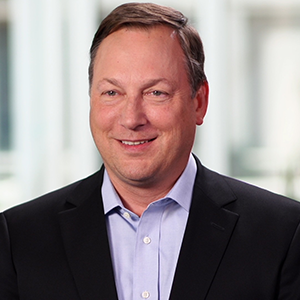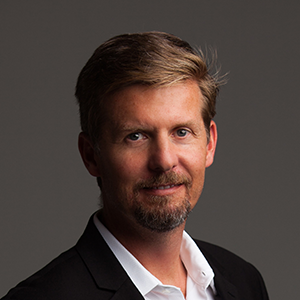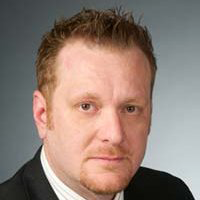Q: Lockheed Martin was the first to pioneer the concept of a cyber kill chain in the information security context. How is it different from or build on a traditional perimeter focused enterprise defense strategy?
Justin Lachesky: When we talk about an enterprise defense strategy, for Lockheed Martin that means Intelligence Driven Defense (IDD). IDD is, in simplest terms, using intelligence to inform our decision-making. The Cyber Kill Chain (CKC) is a critical cornerstone of this strategy, as it provides the framework that analysts need to truly understand the attacks and attackers threatening the enterprise.
When we look at this tandem there are three critical differences when compared to a traditional perimeter focused enterprise defense strategy:
- Threat-focused. It looks at the problem from the perspective of the attacker's actions. All of the traditional best practices are in terms of "what should a defender be doing?" But you can't succeed without understanding the threat, and the CKC gives defenders and analysts a means to do exactly that.
- Redefines defense-in-depth. The CKC allows defense-in-depth to be defined in a more impactful way by looking at defense across the entire lifecycle of the attack. It's not just about having more devices at the perimeter, it's about having visibility, detections, and mitigations across the entire CKC, which spans from the perimeter to the endpoint and back again.
- Changes the paradigm. We've always been told, "the defender needs to be right every time, but the attacker only needs to be right once." That's a pretty bleak outlook, and one that we didn't like. The CKC reframes attacker activity as sequential steps, meaning that defenders only need to be right once to break the chain. This can shift the advantage back to defenders if we can understand each step and exploit that understanding defensively.
Q: What are the biggest challenges that organizations face, when it comes to fighting Advanced Persistent Threats (APTs)
Lachesky: There are a lot of challenges facing organizations when it comes to defending against any threat, let alone Advanced Persistent Threats. We see some common themes across industries and threats, as well as some unique aspects of APTs that contribute to additional challenges.
As defenders, some of the biggest challenges we face stem from our own capabilities and operating environments. If we can't see what an attacker is doing, we can't begin to understand or defend against it. If we don't have a way of consistently analyzing and understanding the attacker's actions, we can't learn from it and use it to our advantage. If we lack the authority to affect change in our enterprise, we can't use what we learn to defend ourselves. Many of the other challenges we see are rooted in these three or a symptom of them.
These challenges are further amplified when we think of them in the context of defending against APTs. These actors are operating with the same mission-focus approach that we use as defenders. They are well equipped and motivated, which means they can be innovative and resilient and adapt to changes in the defensive landscape. In other words, they can react to the things we do as defenders the same way we react to the things they do as attackers. In practical terms, this means we must continually learn, adapt and advance in order to defend against APTs. The adversary is not static, so we must be active in our defense.
Q: Lockheed Martin open sourced its Laika BOSS malware detection platform at the Black Hat conference last year. Has that move accelerated innovation around the technology in the manner you expected? What do attendees at this year's Black Hat USA need to know about threat intelligence management?
Lachesky: When we open sourced LaikaBOSS, we weren't really sure what to expect, but we were optimistic. We've been amazed at the reception from the community - over 400 github accounts "watching" the project, which shows there's a lot of interest. Even more exciting are the numerous contributions we've gotten to the project from the community. Seeing others using LaikaBOSS in new and innovative ways and contributing back to the community is exactly what we hoped to foster when we open sourced the project. In fact, we've been so encouraged by the response from the community that we've open sourced our milter server as well. This provides integration between email delivery systems and LaikaBOSS to enable going from lab-developed detections to real-world active defense, driving more adoption and further innovation.
In terms of threat intelligence management, that's something we view as an invaluable enabler for an effective defensive strategy. Being able to develop, then adequately capture, store, and apply threat intelligence is critical. A lot of times we see an almost exclusive focus on external threat intelligence, but when we're talking about threat intelligence management, it needs to make sense for internal threat intelligence created through defensive operations and analysis. It's also important to think about it in terms of the underlying analyst tradecraft, how threats are analyzed and understood. In fact, the criticality of this type of capability is what led us to develop a commercially available threat intelligence platform we call Palisade. Regardless of the tool you're using, threat intelligence management is a critical function for being successful in executing any active defense strategy.










